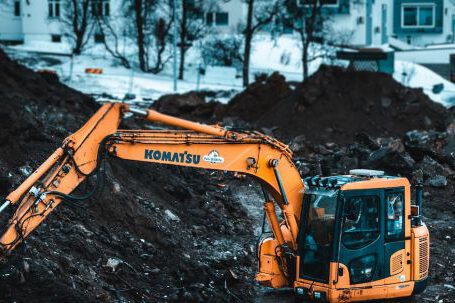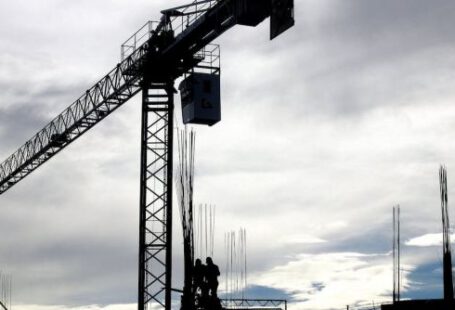As technology advances, the construction industry has become increasingly reliant on autonomous equipment to tackle difficult and dangerous jobs. Autonomous construction equipment is increasingly being used in remote and hazardous projects due to its capabilities in navigating difficult terrain and completing tasks with greater precision than manual labor. This article will explore the potential of autonomous construction equipment for remote and hazardous projects.
How Autonomous Construction Equipment Works
Autonomous construction equipment is capable of executing a wide range of tasks without direct human input. This is achieved by utilizing a combination of sensors, artificial intelligence, and robotics to allow the equipment to navigate a construction site and complete tasks autonomously. Sensors are used to detect obstacles and terrain, while artificial intelligence is used to interpret data and make decisions based on the environment. Robotics are then used to control the movements of the equipment, such as steering, braking, and lifting.
Benefits of Autonomous Construction Equipment
Autonomous construction equipment offers several advantages for remote and hazardous projects. Firstly, it reduces the need for human labor, meaning that dangerous tasks can be completed with greater safety. Additionally, the precision and accuracy of autonomous construction equipment can reduce the amount of time required to complete a task, as well as the cost of labor. Finally, autonomous construction equipment can navigate difficult terrain that may be inaccessible to humans, allowing projects to be completed more quickly and efficiently.
Applications of Autonomous Construction Equipment
Autonomous construction equipment is being used in a variety of remote and hazardous projects. For example, autonomous bulldozers are used to clear away debris and hazardous materials in disaster zones and remote locations. Autonomous excavators are used to dig trenches and foundations in remote and hazardous areas. Autonomous haulers are used to transport materials in difficult and hazardous terrain. Autonomous cranes are used to lift and move heavy loads in remote locations. Finally, autonomous sprayers are used to apply paint or coatings in hazardous and difficult-to-reach locations.
Future of Autonomous Construction Equipment
The potential of autonomous construction equipment for remote and hazardous projects is expected to continue to grow as technology advances. Autonomous construction equipment is becoming increasingly capable of navigating difficult terrain and completing tasks with greater accuracy and efficiency. Additionally, the cost of autonomous construction equipment is becoming more affordable, making it a viable option for more projects. Finally, the use of artificial intelligence and robotics is expected to continue to improve, allowing autonomous construction equipment to become even more capable.
In conclusion, autonomous construction equipment is increasingly being used in remote and hazardous projects due to its capabilities in navigating difficult terrain and completing tasks with greater precision than manual labor. The potential of autonomous construction equipment is expected to continue to grow as technology advances, allowing for more efficient and accurate project completion. Autonomous construction equipment is being used in a variety of remote and hazardous projects, including disaster zones, remote locations, and hazardous terrain. As the cost of autonomous construction equipment becomes more affordable, it is likely that its use in remote and hazardous projects will continue to increase.






